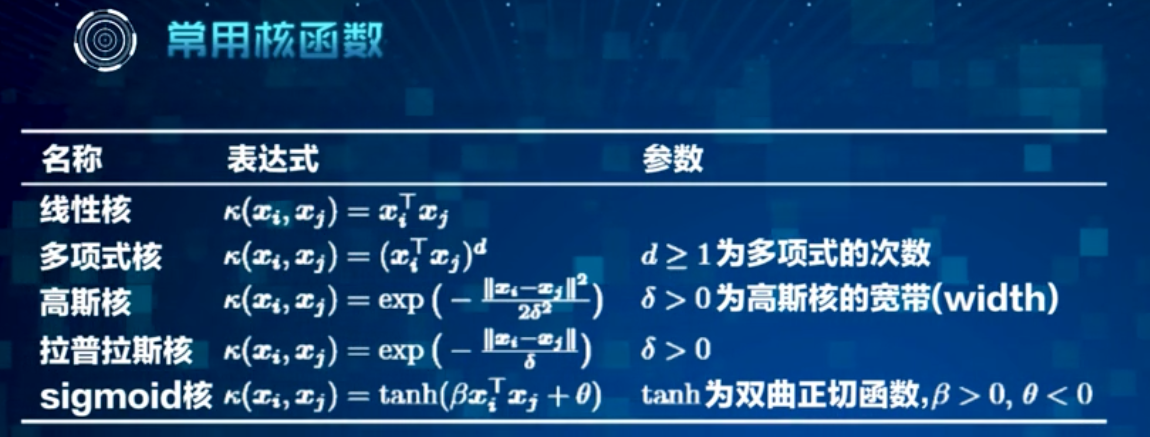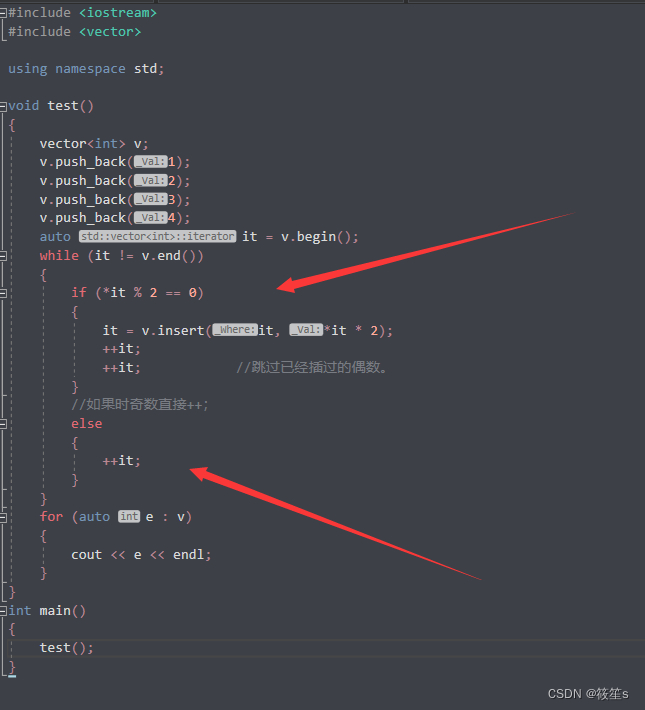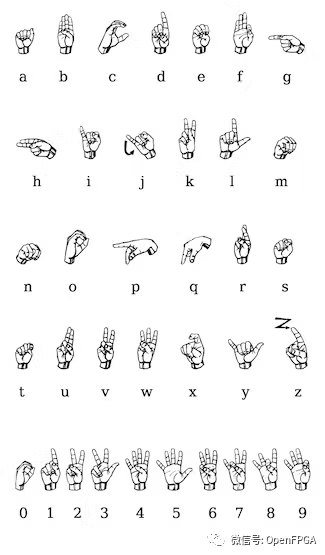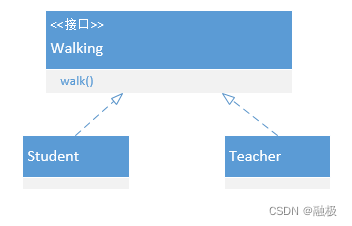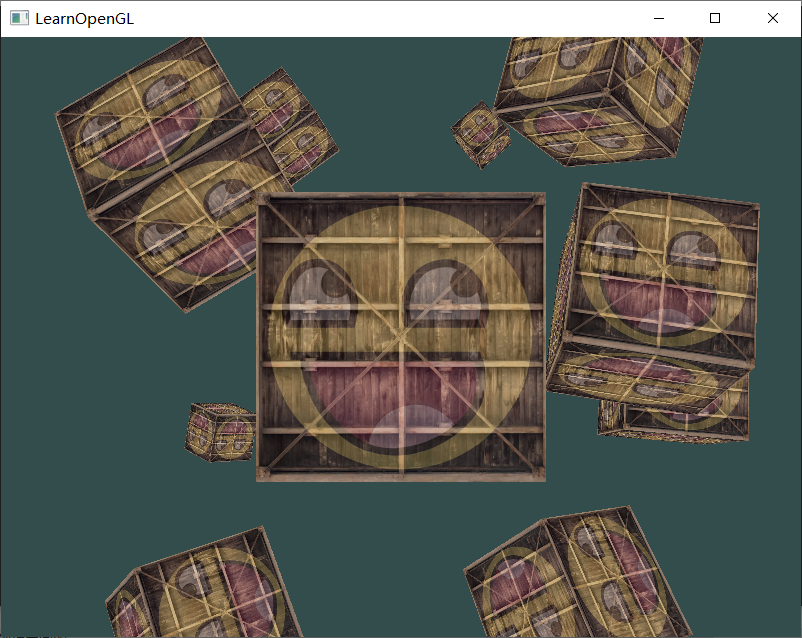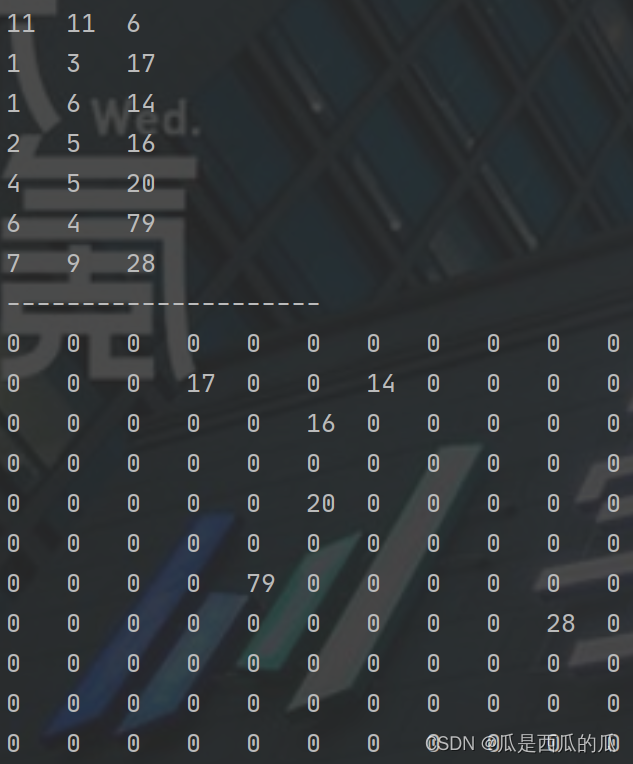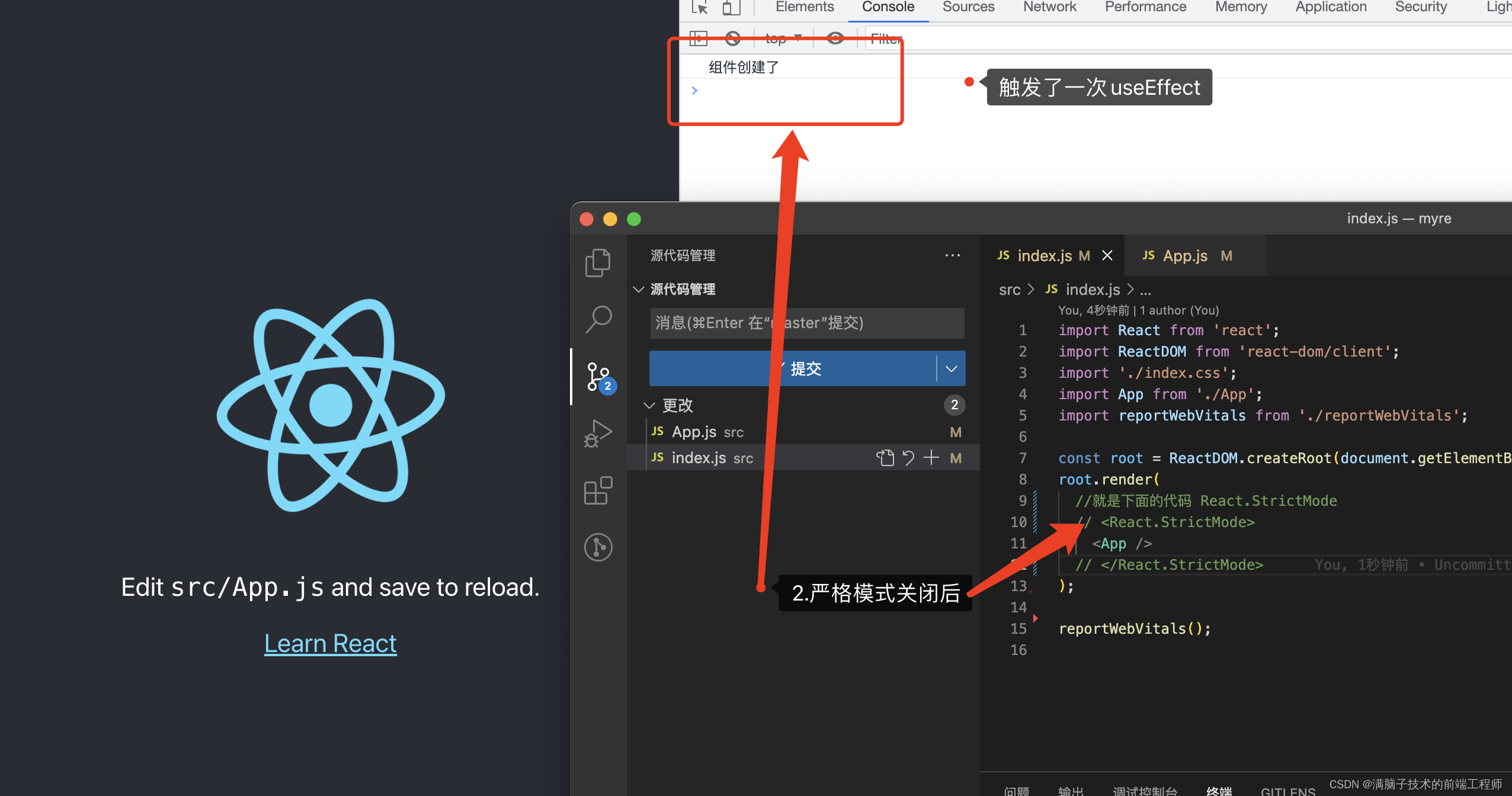目录
1、线性表
2、顺序表
1、概念及结构
2、接口实现
1、SeqList.h
2、SeqList.c
3、练习
例1、移除元素
例2、删除有序数组中的重复项
例3、合并两个有序数组
1、线性表
线性表(linear list)是n个具有相同特性的数据元素的有限序列,它的数据在形状上呈现出一条线性,依次存储。线性表是一种在实际中广泛使用的数据结构,常见的线性表:顺序表、链表、栈、队列、字符串...
线性表在逻辑上是线性结构,也就说是连续的一条直线。但是在物理结构上并不一定是连续的, 线性表在物理上存储时,通常以数组和链式结构的形式存储。
2、顺序表
1、概念及结构
顺序表是用一段物理地址连续的存储单元依次存储数据元素的线性结构。一般情况下采用数组存 储,在数组上完成数据的增删查改。
注:顺序表要求数据连续存储:
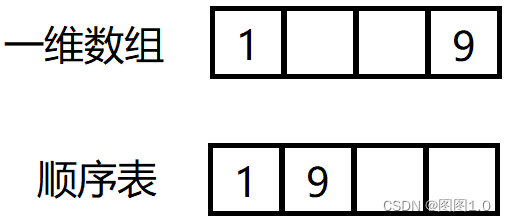
顺序表一般可以分为:
1. 静态顺序表:使用定长数组存储元素。
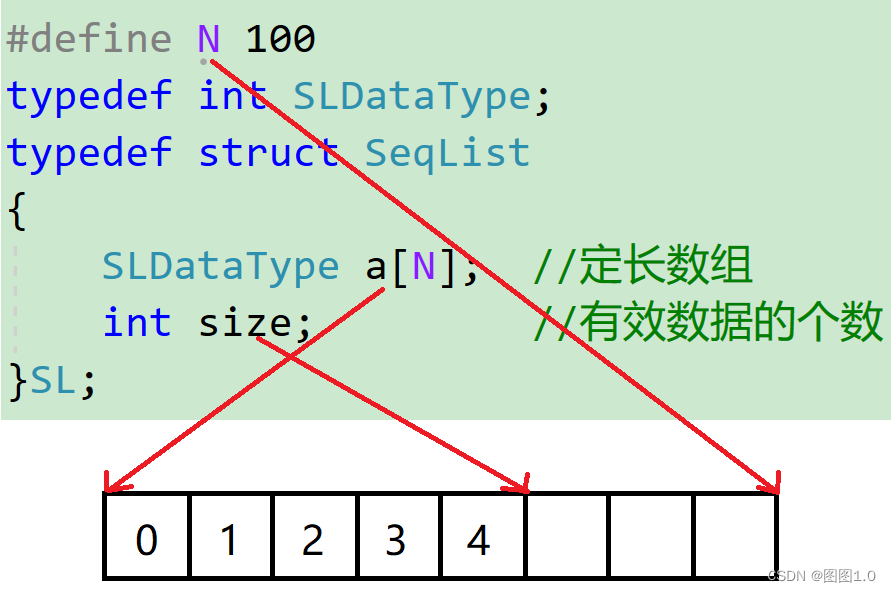
2. 动态顺序表:使用动态开辟的数组存储。
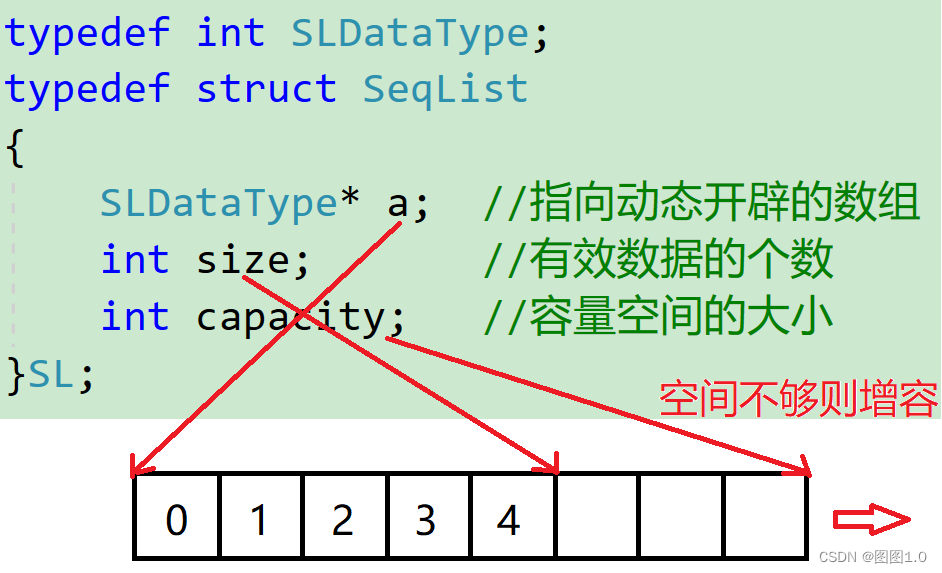
2、接口实现
静态顺序表只适用于确定知道需要存多少数据的场景。静态顺序表的定长数组导致N定大了,空 间开多了浪费,开少了不够用。所以现实中基本都是使用动态顺序表,根据需要动态的分配空间 大小,所以下面实现动态顺序表。
1、SeqList.h
#pragma once
#include<stdio.h>
#include<stdlib.h>
#include<assert.h>
typedef int SLDataType;
typedef struct SeqList
{
SLDataType* a;
int size;
int capacity;
}SL;
//初始化/销毁
void SLInit(SL* ps);
void SLDestroy(SL* ps);
//检查容量,满了就扩容
void SLCheckCapacity(SL* ps);
//打印
void SLPrint(SL* ps);
//尾插/尾删
void SLPushBack(SL* ps, SLDataType x);
void SLPopBack(SL* ps);
//头插/头删
void SLPushFront(SL* ps, SLDataType x);
void SLPopFront(SL* ps);
//任意位置的插入/删除
void SLInsert(SL* ps, int pos, SLDataType x);
void SLErase(SL* ps, int pos);
//查
int SLFind(SL* ps, SLDataType x);2、SeqList.c
#include"SeqList.h"
void SLInit(SL* ps)
{
assert(ps);
ps->a = NULL;
ps->size = ps->capacity = 0;
}
void SLDestroy(SL* ps)
{
assert(ps);
if (ps->a)
{
free(ps->a);
ps->a = NULL;
ps->size = ps->capacity = 0;
}
}
void SLCheckCapacity(SL* ps)
{
assert(ps);
//扩容
if (ps->size == ps->capacity)
{
int newCapacity = ps->capacity == 0 ? 4 : ps->capacity * 2;
SLDataType* tmp = (SLDataType*)realloc(ps->a, newCapacity * sizeof(SLDataType));
if (tmp==NULL)
{
perror("realloc fail!");
exit(-1);
}
ps->a = tmp;
ps->capacity = newCapacity;
}
}
void SLPrint(SL* ps)
{
assert(ps);
for (int i = 0; i < ps->size; i++)
{
printf("%d ", ps->a[i]);
}
printf("\n");
}
void SLPushBack(SL* ps, SLDataType x)
{
assert(ps);
SLCheckCapacity(ps);
ps->a[ps->size] = x;
ps->size++;
}
void SLPopBack(SL* ps)
{
assert(ps);
assert(ps->size > 0);
ps->size--;
}
void SLPushFront(SL* ps, SLDataType x)
{
assert(ps);
SLCheckCapacity(ps);
int end = ps->size - 1;
while (end >= 0)
{
ps->a[end + 1] = ps->a[end];
end--;
}
ps->a[0] = x;
ps->size++;
}
void SLPopFront(SL* ps)
{
assert(ps);
assert(ps->size > 0);
int begin = 1;
while (begin < ps->size)
{
ps->a[begin - 1] = ps->a[begin];
begin++;
}
ps->size--;
}
void SLInsert(SL* ps, int pos, SLDataType x)
{
assert(ps);
assert(pos >= 0);
assert(pos <= ps->size);
SLCheckCapacity(ps);
int end = ps->size - 1;
while (end >= pos)
{
ps->a[end + 1] = ps->a[end];
end--;
}
ps->a[pos] = x;
ps->size++;
}
void SLErase(SL* ps, int pos)
{
assert(ps);
assert(pos >= 0);
assert(pos < ps->size);
int begin = pos + 1;
while (begin < ps->size)
{
ps->a[begin - 1] = ps->a[begin];
begin++;
}
ps->size--;
}
int SLFind(SL* ps, SLDataType x)
{
assert(ps);
for (int i = 0; i < ps->size; i++)
{
if (ps->a[i] == x)
{
return i;
}
}
return -1;
}3、练习
例1、移除元素
链接:https://leetcode.cn/problems/remove-element/
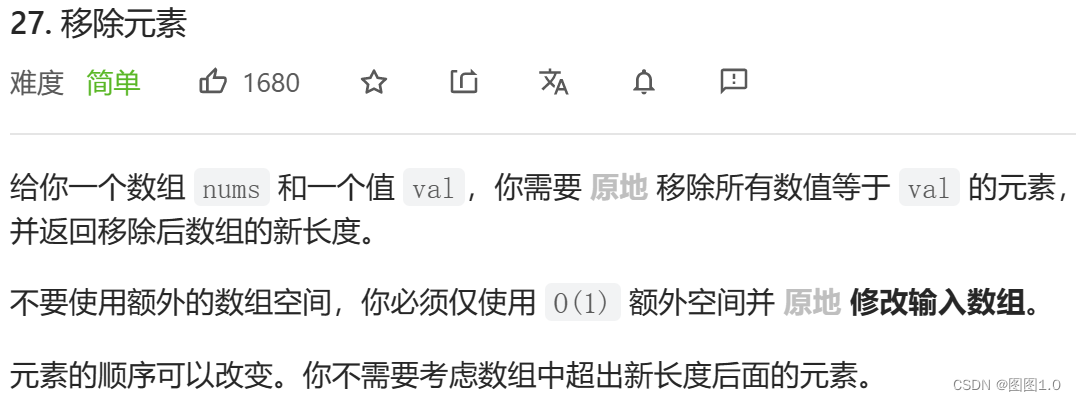
分析:双指针法。
int removeElement(int* nums, int numsSize, int val){
int src=0;
int dst=0;
while(src<numsSize)
{
if(nums[src]==val)
{
src++;
}
else
{
nums[dst]=nums[src];
dst++;
src++;
}
}
return dst;
}例2、删除有序数组中的重复项
链接:https://leetcode.cn/problems/remove-duplicates-from-sorted-array/
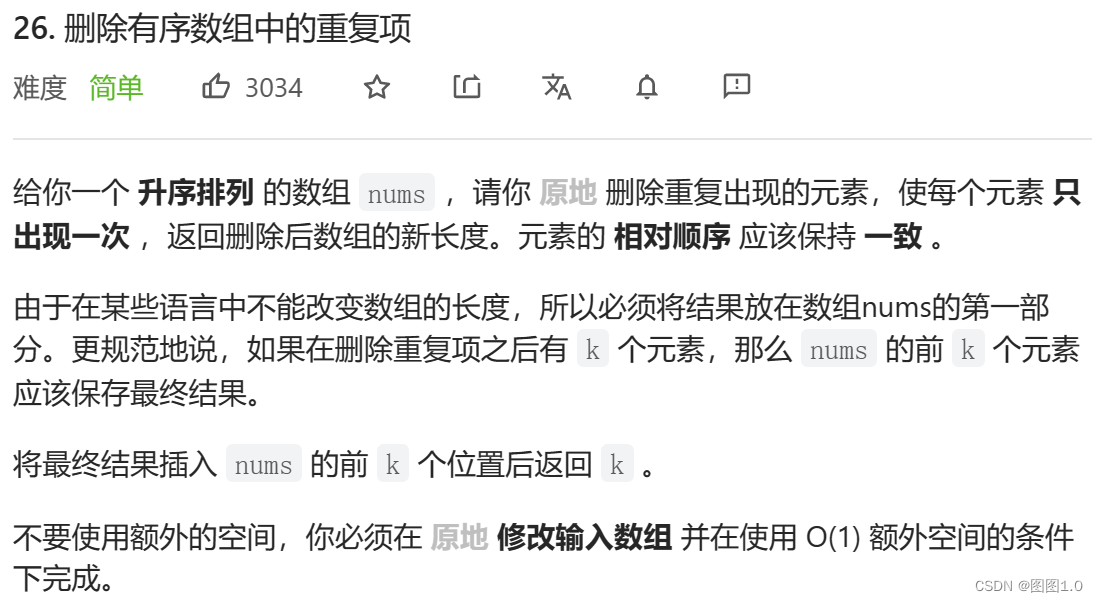
分析:去重算法。
int removeDuplicates(int* nums, int numsSize){
int src=0;
int dst=0;
while(src<numsSize)
{
if(nums[src]==nums[dst])
{
src++;
}
else
{
dst++;
nums[dst]=nums[src];
src++;
}
}
return dst+1;
}例3、合并两个有序数组
链接:https://leetcode.cn/problems/merge-sorted-array/
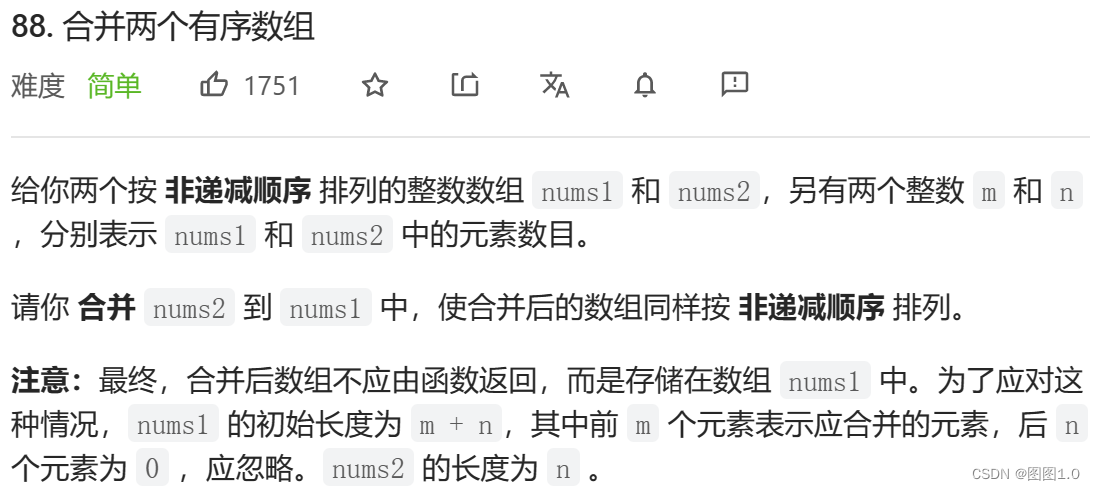
分析:倒着走,取大的。
void merge(int* nums1, int nums1Size, int m, int* nums2, int nums2Size, int n){
int x=m-1;
int y=n-1;
int dst=nums1Size-1;
while(x>=0&&y>=0)
{
if(nums1[x]>=nums2[y])
{
nums1[dst]=nums1[x];
dst--;
x--;
}
else
{
nums1[dst]=nums2[y];
dst--;
y--;
}
}
while(y>=0)
{
nums1[dst]=nums2[y];
dst--;
y--;
}
}
